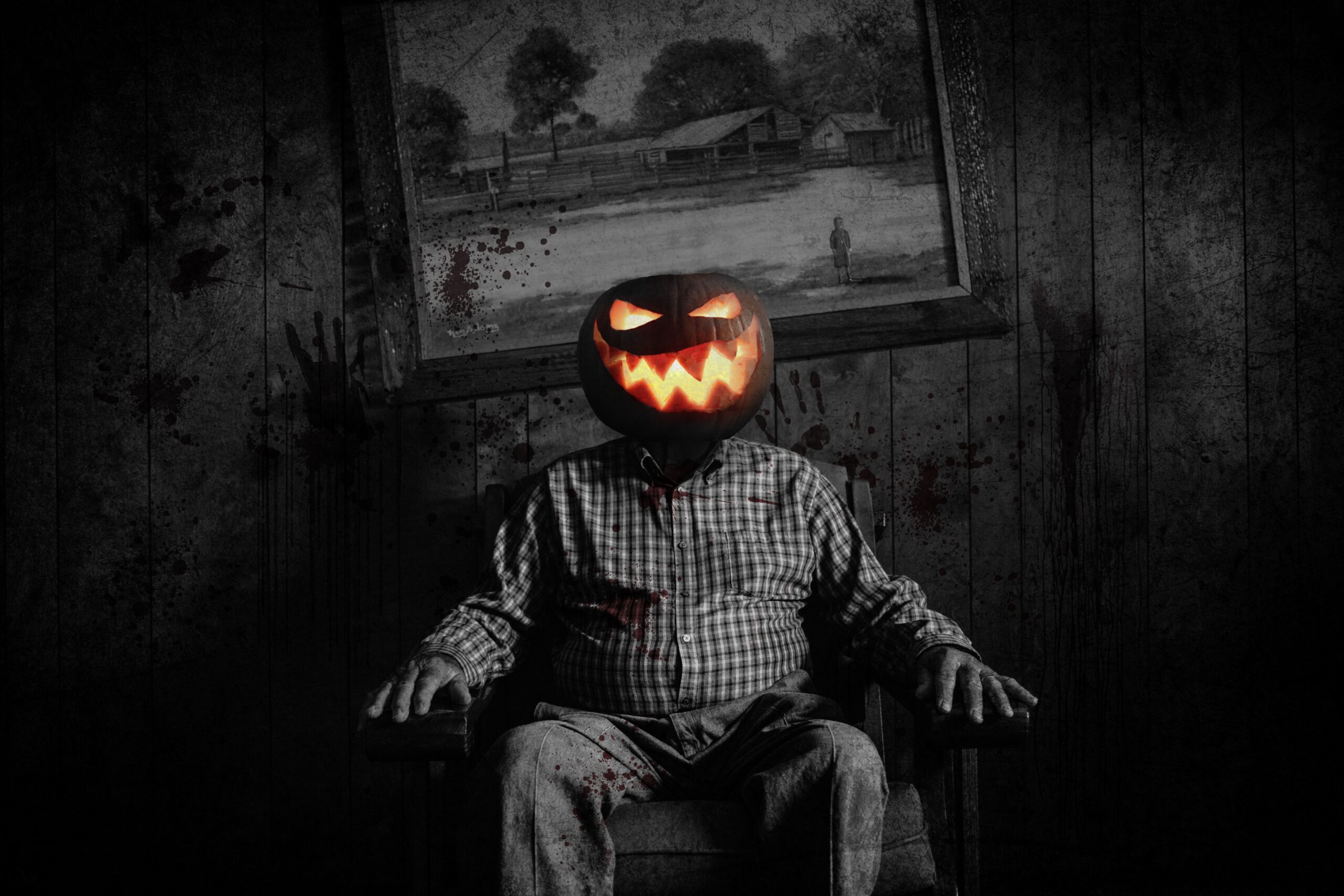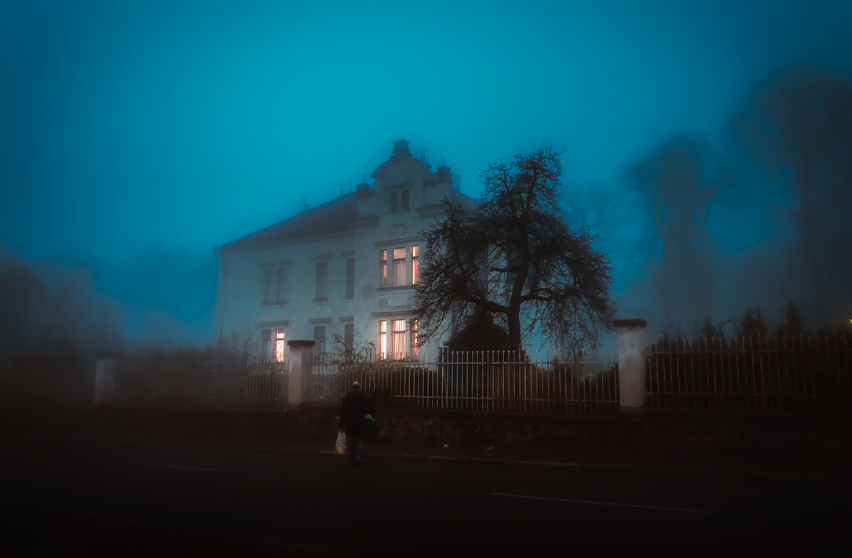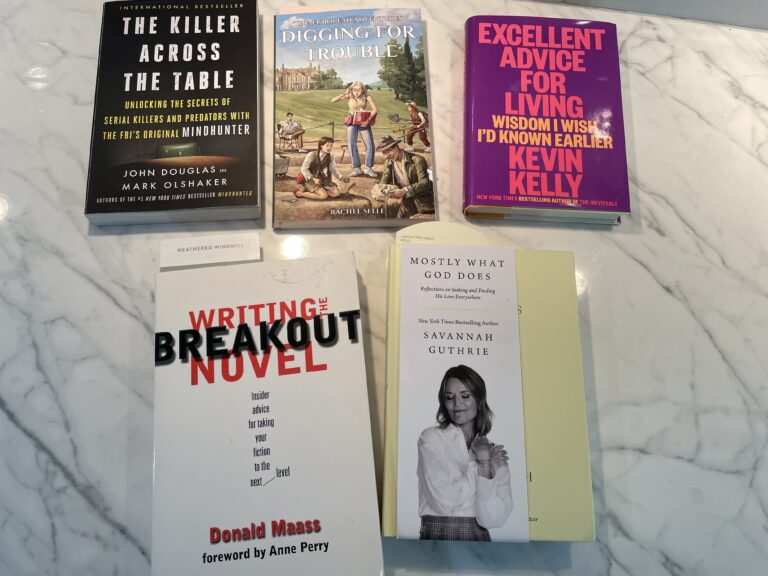
What You Can Expect and Even How to Write Your Own Middle Grade Horror Fiction
Is anything inherently frightening? (Besides clowns? Or running out of coffee?)
I think some things can’t help but be frightening: old houses, graveyards, deserted towns.
But the best frights are things that seem innocent at first—like a faint scratching on the walls, a portrait, a theater, a vine tendril, a mirror—and then, with the snap of fingers, the scratching becomes a dead person sealed up in an old house (reminiscent of Edgar Allen Poe’s not-middle-grade “The Tell-Tale Heart”); the person in the portrait begins to follow you with their eyes; the theater becomes a stage for goblins as soon as the lights go out; the vine tendril is a link to the underworld; and a ghoul reaches through the mirror and begins to climb out.
To me, a perfectly functioning roller coaster is always a horror show, but I know plenty of people who love them.
But what about a roller coaster car that travels the tracks at night, on its own, after the amusement park has closed?
What about a toy store?
Perfectly wonderful during the day.
But at night?
All those doll eyes…and then one of them blinks.
Anyway, it goes to show that anything can be frightening with the right “mood lighting” and the right out-of-place element.
It’s that out-of-place element in the right setting that causes a reader’s heart to skip a beat.
It’s that something-is-not-quite-right feeling that builds the horror story.
People in general, but kids especially, want their world to be orderly.
When that order is fractured, the horror begins for the reader.
They’ll keep reading until order is restored.
Here are eight rules to keep in mind whether you’re writing a horror story for 8-12-year-olds, or you’re considering which horror novel to suggest to your child.
“Wait,” you say, “If the whole goal of horror stories is to frighten the reader, then why are there any rules at all?”
It’s true that in adult horror, no holds are barred, anything goes, all’s fair.
But in middle grade horror, there have to be some rules because you’re dealing with young, impressionable minds, and, as we all know, words are powerful.
 8 Rules of Middle-Grade Horror Fiction
8 Rules of Middle-Grade Horror Fiction
1. No one dies.
Someone can be already dead, but no one will die during the story because of something the antagonist or monster has done.
2. No violence—no murderous character who systematically hacks away at its victims.
3. No drugs involved—but authors can feel free to insert as much magic as they like.
4. No blood, guts, and entrails.
I know that some kids enjoy this kind of horror and evil, but it’s not done in middle-grade.
5. It can’t be real.
For example, there can’t be a gun-toting, mentally challenged character who goes on a killing spree at a school (there’s far too much of that in real life).
Also, the book cannot have someone like a doctor who hurts children or a vet who hurts animals.
And if you’re writing the story, take it easy with evil teachers intent on harming students.
Likewise, the book won’t have a typically beloved character (think: mom, dad or grandparent) suddenly turn sinister.
The reader cannot come to the end of the book with the idea in their head that their parents may not be trustworthy or might be hiding an evil side.
In Neil Gaiman’s Coraline, there were evil parents, but they were Coraline’s “other” parents. Not her real ones.
On the other hand, I read The Afterwards by A.F. Harrold, which featured a dead mother trying to lure her living daughter into the afterlife so they could be together forever.
The uncle was bad news too.
It was unsettling.
For that reason, I can’t recommend it.
As a writer, you should also be mindful of using other types of characters that can be found in the real world: dolls, ventriloquist dummies, clowns. (Do people still hire clowns to perform at children’s birthday parties?)
But, hey, as I was scrolling through Instagram a few minutes ago, I came upon a new book featuring a ventriloquist dummy which looked pretty good!
It’s called Speak for Meby K.R. Alexander.
It’s so new, there are no customer reviews on it yet.
But Booklist has this to say: “A good introduction to supernatural horror for middle-grade readers, with a suspenseful plot, sinister imagery of possessed dolls, and sympathetic characters.”
Kirkus Reviews says this: “Delightfully spooky—readers may want to avoid dolls for a while after finishing this one.” (See rule #8.)
6. There will be a monster of some sort in the story.
The main character needs something to fight against and prevail.
So witches, ghosts, goblins, vampires, zombies are all excellent choices because they’re not real.
The monster could also be a psychological demon.
7. The main character, the child in the story, must win.
They must be the ones to restore order, solve the mystery and set their world right again.
I watched a recent interview with Jamie Lee Curtis (of Halloween fame) who said that horror lets you confront what you can’t control—whether it’s a psychological monster or another type of monster.
This is true.
But middle grade has one more step in that the main character must ultimately gain control of the monster, or, at the very, very least, come to terms with it and find a place to keep it in their orderly world.
8. Don’t be afraid (pun intended) to break the rules, if you must!
Generally speaking, these rules give you an idea of what you can expect in middle-grade horror stories, and what you can confidently use in your own story.
However, rules being what they are (made to be broken and all that—see rule #5), there will be someone who successfully veers off the path. Horrors!
Thanks for taking the time to read this. Have a howling good week.
As always, feel free to pass this on to friends, colleagues, teachers, librarians who are interested in middle grade fiction.
And if you have a favorite spooky book, please leave the title in the comment section, below.
~ gail
Before you go, don’t forget to sign up for my mailing list, below:
Click here for Middle Grade Book Review & Interview with Author Rachel Selle





